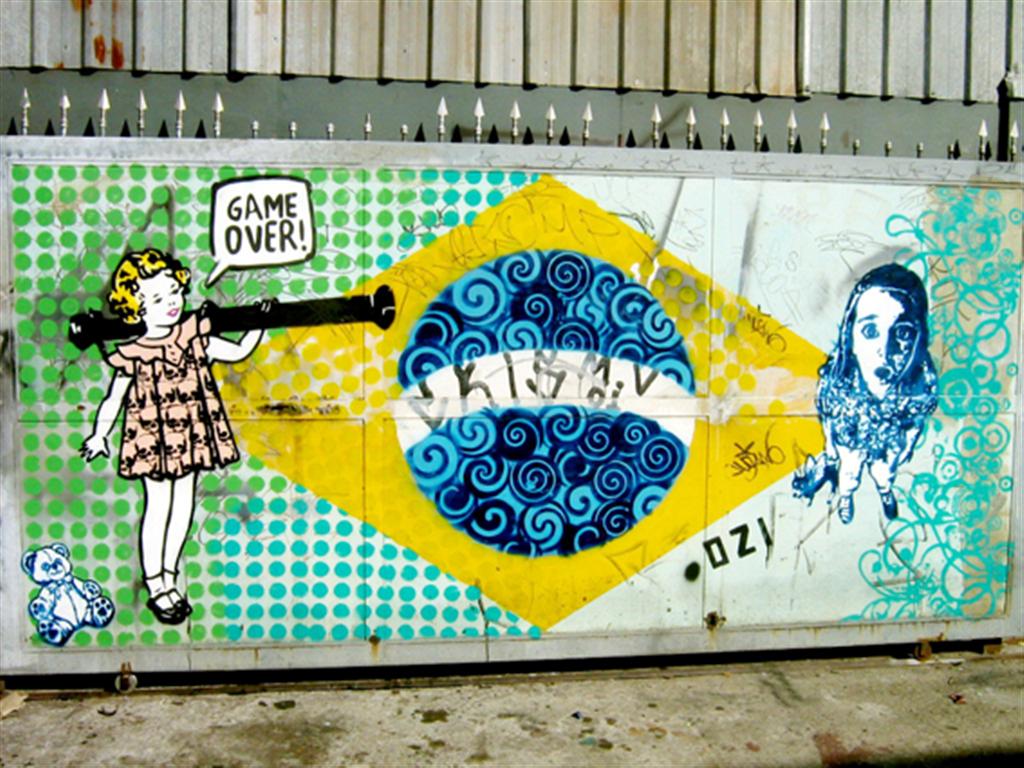Graffitis is the expression of feelings, thoughts and experiences in which the artist use the imagination and creativity to plasm on a wall what the want to say. Graffitis are also text that people can read. For example, if a foreign comes to our city, he or she could interpret the city seeing the streets graffitis. Many people see those graffitis as art bur many other see it like vandalism.
Now, let's see some examples about graffitis and how it is seeing in different cities on Latin America.
Colombia:
Bogota, the Colombia's capital is a cosmopolitan city in which many cultures converge. Empty walls are canvas that mixed with the the cold weather make the perfect scenery to exhibit ideologies, stories, history and back ground. Some of those are only simple lines bur others are made of colors and composition. Some example are graffitis as remainder of the days when street violence was endemic.
Some others show politics ideas and criticized some acts like "False positives" scandal during Alvaro Uribe's precedence where many innocents were killed and dressed with guerrilla's uniform and show it like a hitch to the crime. Another symbolizes indigenous culture that is an important inspiration for artists.
Argentina:
In Buenos Aires, Argentina's capital, the graffiti is elevated to new levels. It seems like an open air art gallery. Animals took the city and people feel like being on a concrete jungle. One example is the tree dimensional serial extinct turtle that is up of a man who is setting next to a dog. Argentinean people are proud and consider each picture as an art piece and appreciate it because it gives vitality to the city. Political and social stamens critics are also implied in Buenos Aires' graffitis and perpetuate beliefs. It can not be away Argentina's soccer passion that is present in streets paintings too.
Honduras:
Political graffitis in Honduras are also present as a protest form and to promote philosophies and ideas. There are many propaganda plasm on the street's walls.
Tegucigalpa has become one of the world's deadliest cities and one artist wants to highlight the problem through paint and trying to use sprays and aerosols instead guns and violence.The one and only thing that people know about my country is the violence. It is what paints our reality," says the graffiti artist who began his project a year ago. Criticized their politicians using that type of art is common on Honduras.
Brazil:
Graffitis in brazil are color full and narrative. Those talk about brazilian living, but it is also art expression. Brazilian artist work, can be found in cities all over the world and now it is famous in competitions, even though, they still making art outdoors and are part of a research fellow in anthropology at London’s University College. Some artist say that when they began making street art he was protesting the destruction of nature in favor of big cities. Now their art is influenced by the political climate and corruption in Brazil.




